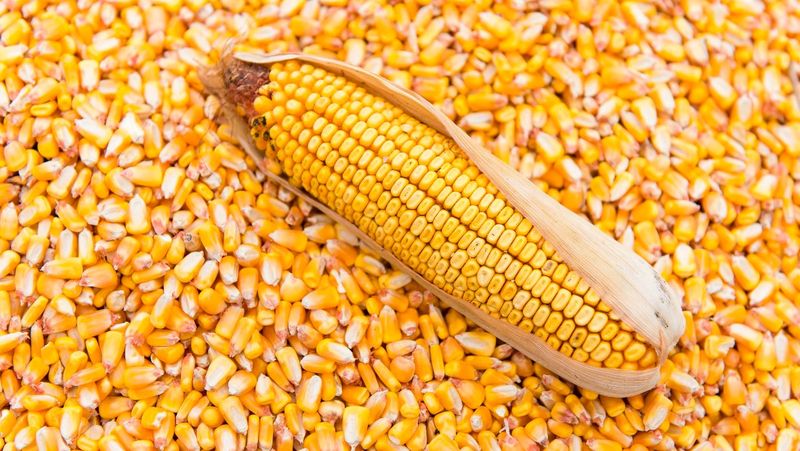Second crop of corn in Brazil has light frost, and focus moves to export flow

While the domestic market remains strongly concerned with production, we must understand that, regardless of a slightly higher or a little lower number in the second crop, the focus is now on the flow of exports. We had regional droughts and almost generalized attacks of pests that may bring some kind of change to the size of this 2022 second crop. This is quite clear, and we only need the harvest to assess the effective yield. It is also evident that the losses registered so far do not change the trajectory of the market, that is, Brazil needs to export 30/35 million tons of corn this year, or more, so as not to generate storage problems for soybeans in 2023. As growers are continually inclined to prolong soybean retention, corn sales will accelerate in the second crop. The pace of shipments, port prices, and the situation of the US crop will be the price drivers from now on, given that the second crop escaped the most worrying frost last week. The planting of the US crop advanced well last week and must continue at a good pace until its closing in the first week of June. With the good forecast for rains in June, the market will focus on pollination and silking in July to define productivity potential.
Currency adjustments over the week abroad and in Brazil. The main reason continued to be economic indicators and their impact on central bank decisions. Data on wholesale, retail, and real estate sales in the United States helped to relax markets regarding the continuation of a very accelerated and inflationary economy. Could the beginning of the reversal of the inflationary curve be emerging, and with that, the Fed could settle down the pace of interest rate hikes further ahead? It seems that is what the market bet on last week.
With economic indicators not showing continuity of strong demand, interest rates on long-term bonds ended up falling last week, which brought a strong reversal for the dollar. The index fell aggressively over the week after hitting a 20-year high. The sudden slowdown was also due to the vision that Europe will have to start raising interest rates, and this could balance the flow of currencies worldwide.
The reflection of this picture ended up reaching the real. Once again, the dollar tests levels of BRL 4.90 or below, demonstrating that international arbitration and interest rates still see Brazil as an investment alternative. Capital inflow once again increases the value of the real, breaking an important technical barrier. The Fed is expected to raise interest rates on June 15 by 0.5% regardless of any other indicator, henceforth offering a signal for the remaining four meetings of the year.
The Brazilian Central Bank suggests that June 15 will bring the last hike in interests in this series, perhaps by 0.5%, taking the Selic rate to 13.25% a year. A rate that is well balanced when we observe the other world alternatives, mainly in Europe and the United States. The dollar in Brazil may return to the range between BRL 4.60/4.90, of course, keeping constant external observations in economic indicators and the development of the war in Ukraine.
Read also
Wheat in Southern Brazil Impacted by Dry Weather and Frosts
Oilseed Industry. Leaders and Strategies in the Times of a Great Change
Black Sea & Danube Region: Oilseed and Vegoil Markets Within Ongoing Transfor...
Serbia. The drought will cause extremely high losses for farmers this year
2023/24 Safrinha Corn in Brazil 91% Harvested
Write to us
Our manager will contact you soon



